
Now available: AMD FidelityFX SDK 1.1.4 patch release (includes FSR 3.1.4)
This FidelityFX SDK update has FSR 3.1.4 fixes – including reduced upscaler ghosting in newly disoccluded pixels, plus updates to Brix GI and Breadcrumbs.


Home » News

This FidelityFX SDK update has FSR 3.1.4 fixes – including reduced upscaler ghosting in newly disoccluded pixels, plus updates to Brix GI and Breadcrumbs.
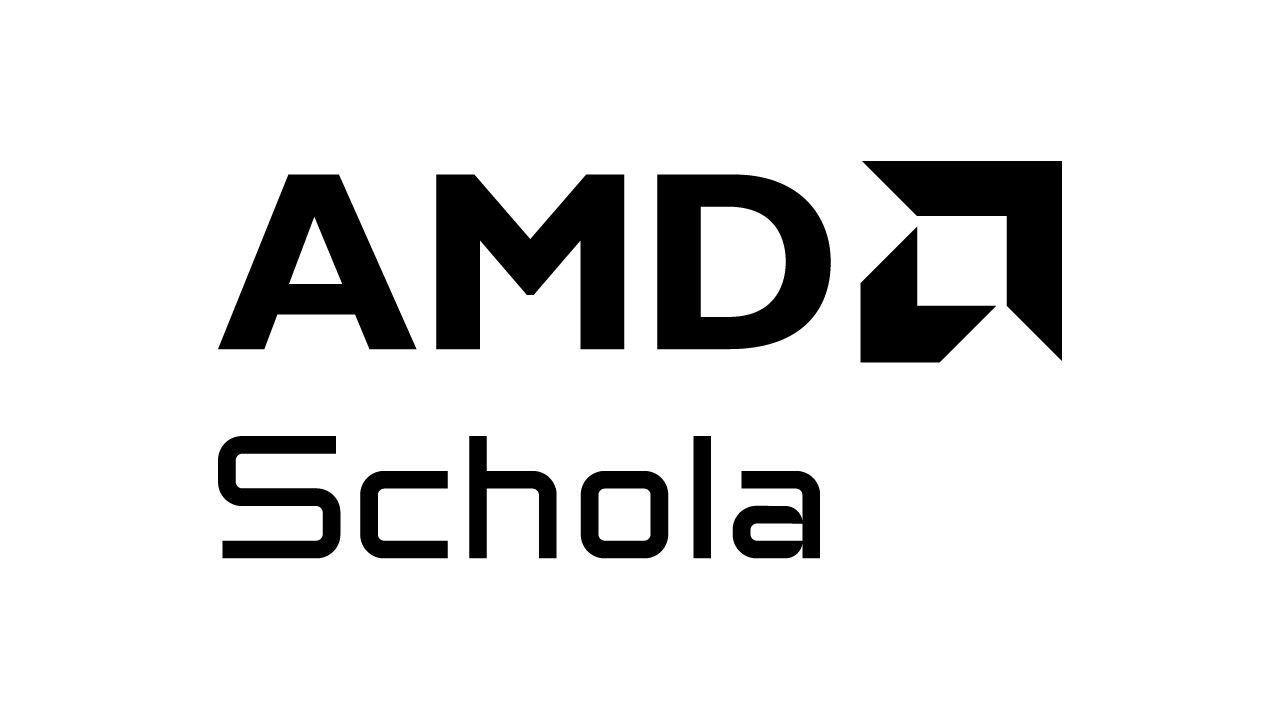
AMD Schola lets you train RL-based AI NPCs with Unreal Engine.

We now support new Microsoft® DirectX® and video encoding features, with the latest release of the AgilitySDK Preview Release 1.716.0.
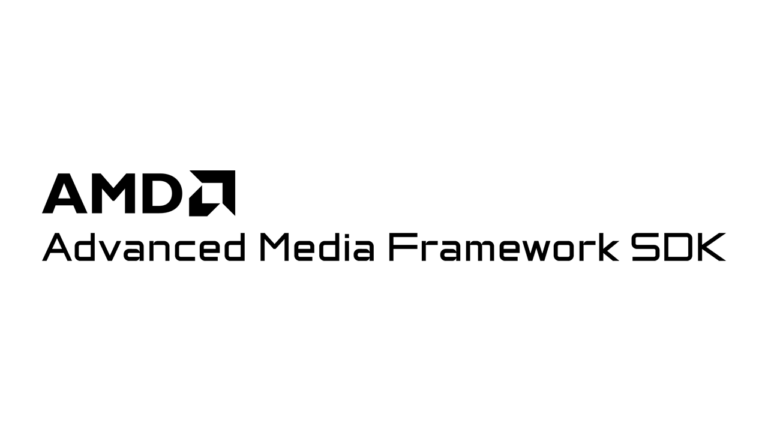
Download v1.4.35 from GPUOpen today! Requires latest driver.
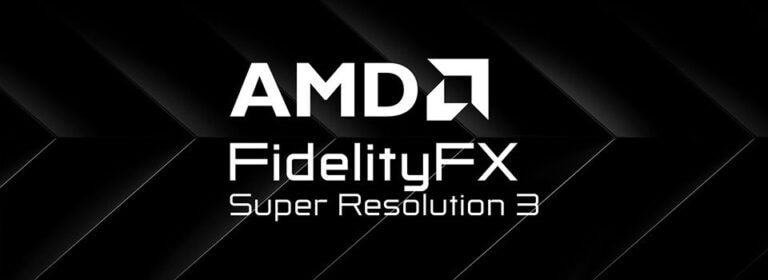
Our patch release includes some FSR 3.1 fixes, support for AL2, and code changes needed for the upcoming release of the Microsoft Game Development Kit (GDK).
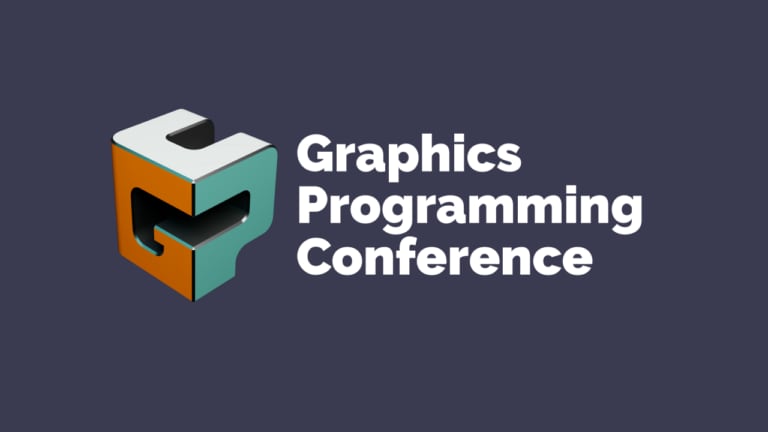
We’re very excited to be presenting at GPC 2024! Read on to see our highlights for this brand-new European graphics conference.
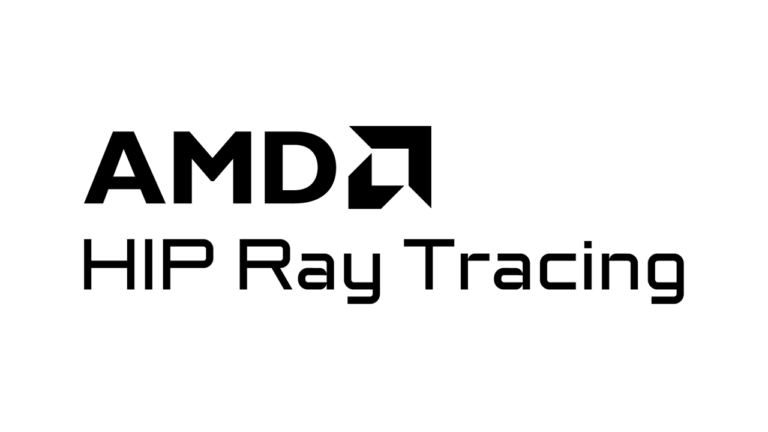
H-PLOC is a GPU-optimized algorithm for building BVHs. Read on to find out more about our v2.4 release of HIP RT.
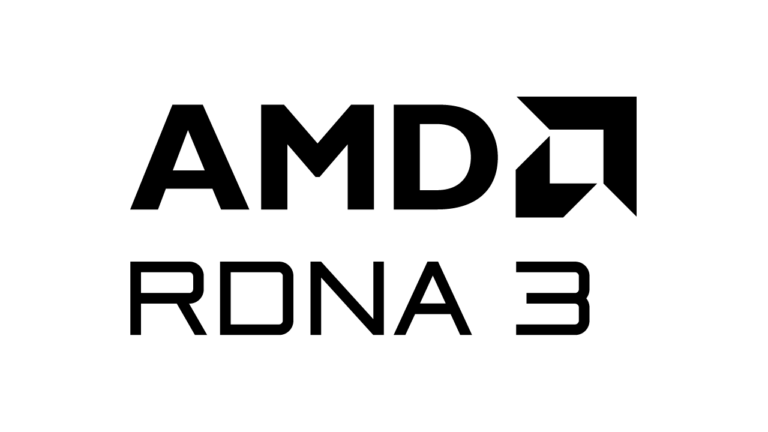
The AMD RDNA™ 3.5 ISA reference guide is now available! The ISA guide is useful for anyone interested in the lowest level operation of the RDNA 3.5 GPU architecture.
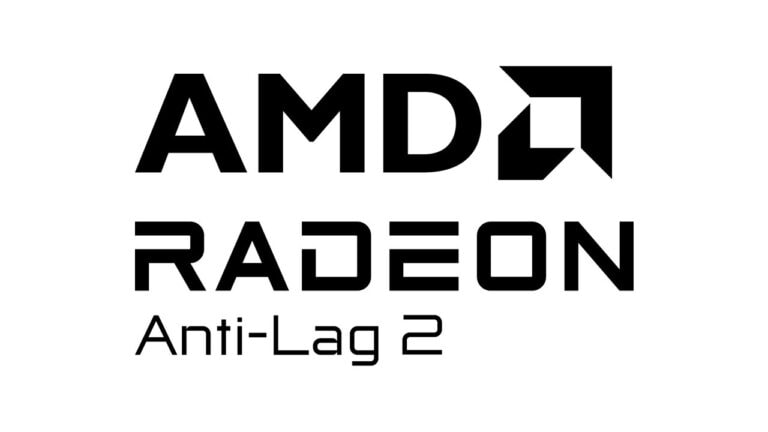
Learn how to integrate the Anti-Lag 2 SDK into your game. Unlike the driver-based AL 1, AL 2’s point of insertion is at the optimal point inside the game’s logic, just before the user controls are sampled.

AMD Radeon™ Anti-Lag 2 reduces the system latency by applying frame alignment between the CPU and GPU jobs.

A simple C++ program demonstrating how easy it is to decode instructions using the IsaDecoder API.

Learn more about our award-winning new papers covering HIP RT, ray tracing, geometry compression, and procedural generation with work graphs.
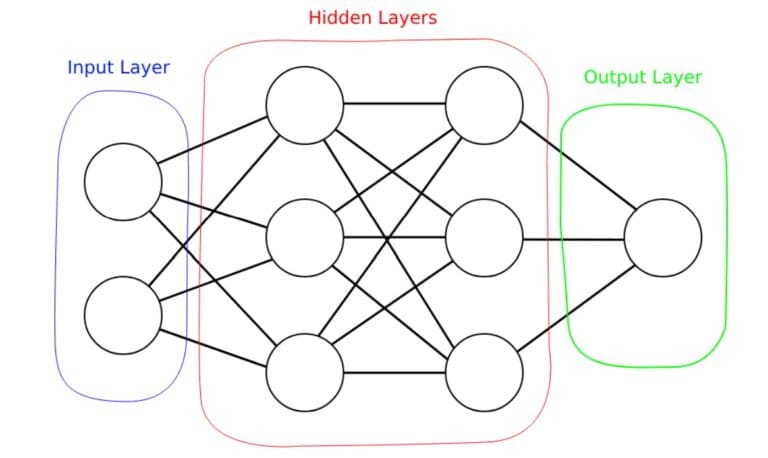
If you’re a graphics dev looking to understand more about deep learning, this blog introduces the basic principles in a graphics dev context.